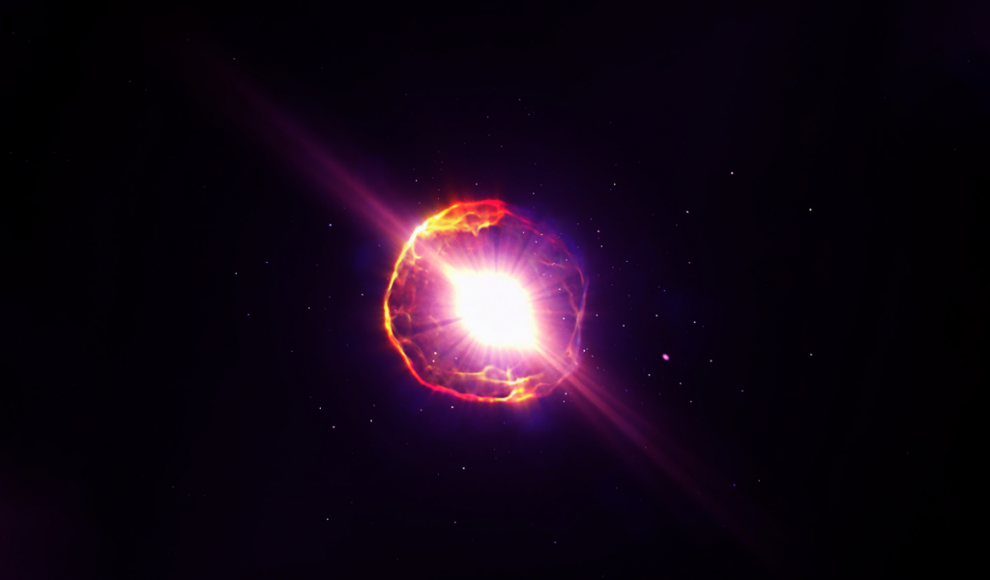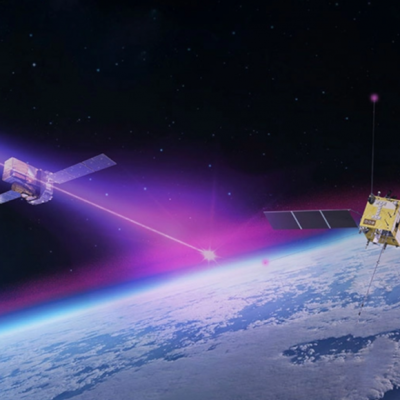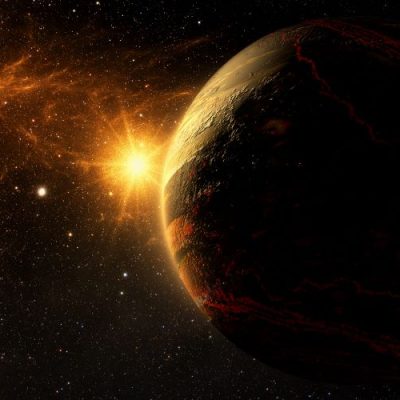In a groundbreaking discovery, scientists at Cornell University have found a dead neutron star emitting light flashes. Neutron stars are known as “corpses” in astronomy because they no longer undergo nuclear fusion. These stars are incredibly dense and have a radius of only 10-12 kilometers, yet they can weigh up to 2.35 times the mass of the sun. The discovery was made using Fast Blue Optical Transients (LFBOT), which are supernova-like explosions with high luminosity. Unlike supernovas, LFBOTs only last a few days. The LFBOT AT2022tsd was discovered in September 2022, and in December of the same year, scientists observed a short but intense light flash that lasted only a few minutes. This flash was as bright as the original LFBOT, which had occurred 100 days earlier.
The scientists observed the phenomenon with twelve telescopes over 120 days and identified fourteen irregular light flashes. The exact cause of the activity of this dead star remains unknown, but scientists suspect that the light flashes could come from the remains of the collapsed star. This could be interpreted as a kind of last sign of life from the dead star. Previously, it was only possible to study the life cycle of stars in three phases: star, explosion, and remnants. This discovery could provide insight into the transition from stars to their afterlife. To further analyze the phenomenon, scientists plan to search for more LFBOTs, but it is unclear under what circumstances a star ends in an LFBOT instead of a supernova. Possible reasons could be a strong magnetic field or a very high rotation speed, or it could be caused by the merging of a star with a black hole.
This discovery is significant because it challenges our understanding of the life cycle of stars and opens up new avenues for research. The scientists’ observations could provide insight into the behavior of neutron stars and the processes that occur after a star’s death. The discovery of a dead neutron star emitting light flashes is a fascinating and mysterious phenomenon that could lead to new discoveries in the field of astronomy.







-400x400.jpg)


